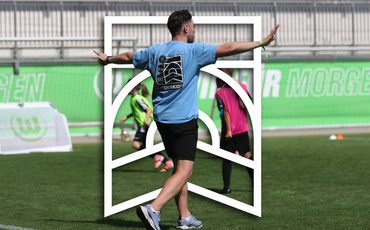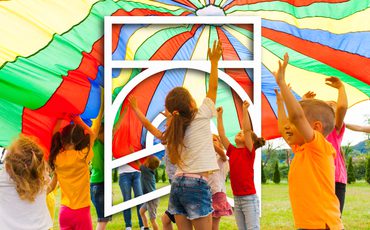How Children and Young People Engage in Self-Organised Sport and Physical Activity
How Children and Young People Engage in Self-Organised Sport and Physical Activity
In recent years, the spotlight has often been on organised sport as the primary way children and adolescents engage in physical activity. However, self-organised sport and informal physical activity remain a vital and often overlooked part of young people’s lives. Unlike organised sport, which is typically adult-led and structured around training and competition schedules, self-organised sport is initiated and led by the young people themselves.
Despite assumptions that self-organised sport has declined in favour of more structured programmes, recent data tells a different story. According to the 2021 Sport England Active Lives Survey, up to 40% of 11- to 16-year-olds participate in self-organised sport or physical activity at least once a week. This highlights its continued relevance and importance in promoting active lifestyles.
Many young people prefer self-organised activities for a variety of reasons:
They may not want to commit to regular training sessions or competitions.
They enjoy the freedom and flexibility that informal activity offers.
They might feel more comfortable in less pressured environments, especially if they lack confidence or competence in traditional sport settings.
Given this, self-organised sport is now recognised as equally important as organised sport in combating sedentary behaviour and promoting health and wellbeing among youth.
Governments and organisations around the world are responding to this trend by developing strategies to support and encourage informal participation. These include:
Innovative spaces and activities: Creating accessible outdoor and indoor environments and introducing non-traditional sports into school curricula—such as skateboarding, BMX, climbing, orienteering, cheerleading, and dance.
Adapted sport formats: National federations and governing bodies are developing informal versions of traditional sports, like 3x3 basketball or 5-a-side football, to better suit self-organised play.
Sport clubs and coaches are also beginning to adapt. By incorporating elements of informal play into their sessions, they can better engage young people who might otherwise shy away from structured sport. This approach not only broadens participation but also fosters creativity, autonomy, and enjoyment.
As a coach, could this be something to consider in your own practice? Embracing the principles of self-organised sport might just be the key to keeping more young people active, motivated, and involved in sport for life.
Watch the full video below:
Comments
Related Pages


